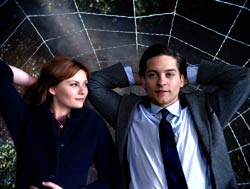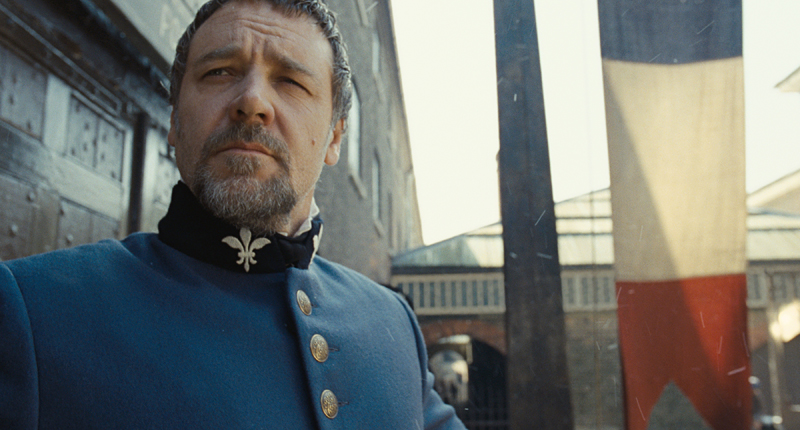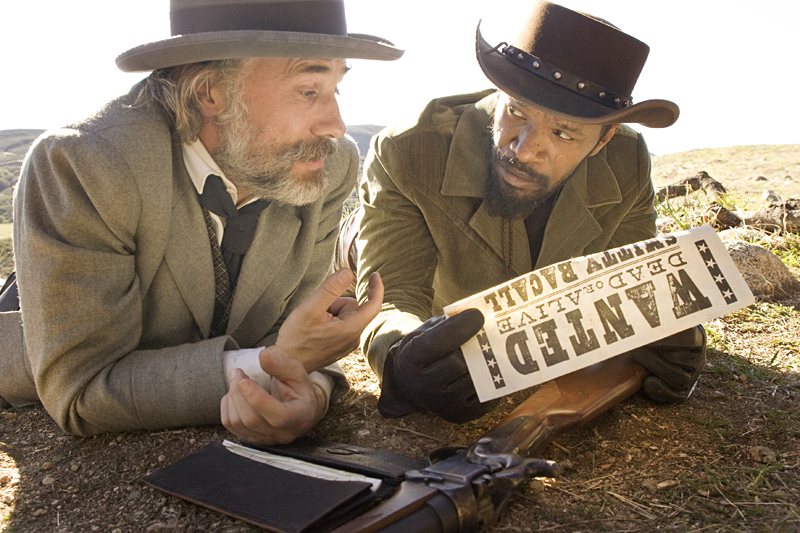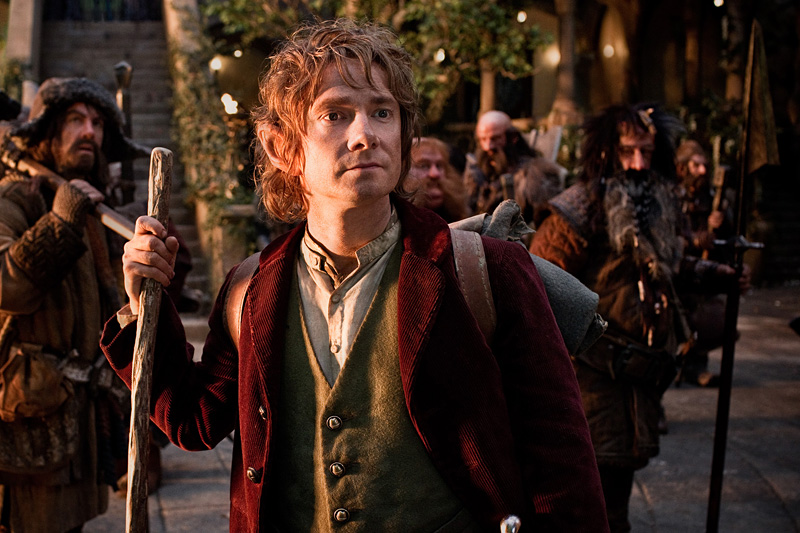Like Sandmen through the hourglass, so are the days of our superhero lives. At least that’s how it feels for most of Spider-Man 3, in which there are so many new characters, hastily revised mythologies, split personalities, and bouts of temporary amnesia that you keep hoping for young Peter Parker to wake up in a sweat and realize it was all a dream, and for the real movie to begin. No such luck. Firmly rooted in the bigger-is-better mentality that has been the bedevilment of so many movie franchises, Spider-Man 3 is undeniably big—with a rumored budget in the $300 million range, it’s downright gargantuan—but it lumbers across the screen so joylessly that I found myself glancing down at my press notes to confirm that the movie really was the work of the same creative personalities (director Sam Raimi, producer Laura Ziskin, and screenwriter Alvin Sargent) responsible for 2004’s exuberant Spider-Man 2. Yes, Raimi, Ziskin, and Sargent (who here shares the writing credit with the director and his brother, Ted Raimi) are indeed back, but for all the money that Spidey has by now funneled into their respective checkbooks, they seem to be collectively overdrawn at the idea bank.
What made Spider-Man 2 so much more than just a passable, popcorn-munching time-filler—what turned it into a deeply absorbing pop entertainment—was the way Raimi and Sargent built upon the origin story of the not-bad first Spider-Man film by digging deeper into the inner conflicts of its three compellingly flawed protagonists: the boy-wonder superhero (Tobey Maguire), who blames himself for his uncle’s violent death; his best friend, Harry (James Franco), haunted by a sinister patriarchal legacy; and the aspiring starlet Mary Jane Watson (Kirsten Dunst), torn between her affections for the two men. It was a superhero movie less about self-assured super-men (and women) than about awkward teenagers suddenly burdened with weighty responsibilities. Beyond that, there was Raimi’s lyrical, imaginative direction, which turned the movie’s New York City setting into a glittering, old-Hollywood fever dream of cigar-chomping newsmen, wide-eyed ingenues, rain-soaked embraces, and speeding elevated trains—an MGM musical minus only the songs. In Spider-Man 3, you can feel Raimi reaching for the same effect and falling short at nearly every turn. He even opens up with a genuine musical number, as MJ makes her Broadway debut in a show called Manhattan Memories. Onstage, she descends a prop staircase in a flowing white gown and warbles a little Comden-and-Green-style ditty, but the scene itself, like most of what follows in Spider-Man 3, is laid on too thick.
Very few movie franchises, of course, make it to part three with the same vim and vigor with which they started, and watching Spider-Man 3, you more than once get the impression that, for the principal artists and technicians who’ve been with the series from the get-go, the thrill has somehow gone out of it this time around. When, in the movie’s first major action set piece, Harry (having given himself an extreme makeover in his father’s Goblin-y image) chases Spidey about the Manhattan skyline on what looks like a jet-powered snowboard, the CGI-enhanced images lack Raimi’s customary clarity and snap, and the whole sequence feels oddly halfhearted, as does the tension underpinning it. A bit later, when Spidey swings to the rescue of some office workers who’ve been imperiled by an out-of-control construction crane, the scene—bits of skyscraper raining down upon the streets of New York—so queasily recalls the World Trade Center attacks that any hope of rousing heroism is quickly deflated. And New York itself looks decidedly more ordinary—more grimy and corporate and modern—this time around.
In those early passages, Raimi and Sargent seem to be setting us up for the Shakespearean showdown between Peter and Harry—those two old friends torn asunder by family loyalties and, of course, their love for the same woman—that has been foreshadowed since the early days of the franchise. But no, after suffering a convenient bump on the noggin, Harry forgets that he and Pete were ever anything but the best of buds, after which the movie more or less benches the character altogether, until it decides it needs him again at the end, like Mariano Rivera in the ninth. In the meantime, Raimi floods the screen with a small army of replacements from the Marvel Comics minor leagues, including police captain John Stacy (James Cromwell), his comely daughter Gwen (the fatally underused Bryce Dallas Howard), her boyfriend—and aspiring Daily Bugle photographer—Eddie Brock (Topher Grace, sporting an unfortunate blond dye job), and, last but not least, the melancholic escaped bank robber Flint Marko (Thomas Haden Church), who, after finding himself in the wrong physics experiment at the wrong time, transforms into the shape-shifting semi-villain Sandman. While I suppose that the die-hard geek crowd may giggle in delight at seeing so many supporting players from the Spidey comics getting their big-screen due, everyone else may find themselves uncomfortably reminded of the music video for that 1980s charity anthem “We Are the World.” Oh look, there’s Stevie Wonder! And over there, it’s Kenny Rogers!
As if that weren’t enough (when it is, in fact, entirely too much), Spider-Man 3 gives us an honest-to-goodness deus ex machina—an unidentified fireball that descends from the heavens and unleashes a slithery ooze that turns Spidey’s bodysuit black, his hair messy, his libido into overdrive, and (I kid you not) his feet into lethal dancing machines. Call it Dr. Parker and Mr. Spidey or, perhaps more appropriately, The Nutty Superhero. Call it Superman 3 with Maguire in both the Christopher Reeve and Richard Pryor roles. In any case, by the time the movie arrives at the transfixing (like a car crash) scene where the “bad” Parker engages in some faux-Fosse soft-shoe in a boho jazz club, the tone has become so manic that it feels as if Raimi is throwing everything he can possibly think of out there and not even waiting to see what sticks. The satirical jabs at celebrity culture smell like rotted leftovers from The Fantastic Four. The token ruminations on the tension between a superhero’s public and private lives seem flown in from Bryan Singer’s Superman Returns (to say nothing of Raimi’s own, superior Darkman). Most egregious, though, is the way Raimi and the writers reduce Spider-Man 3 to the kind of abject distinctions between virtue and sin that the series has heretofore studiously avoided. Even here, Flint Marko gets a sickly young daughter as the morally murky motivation for his criminal life, but when it comes to Spidey himself, no such ambiguities are allowed: In the red-and-blue suit, he’s a patriotic American hero; in the black one, with its foreign contaminant, he’s an evildoer. Presenting your friendly neighborhood propaganda tool in the War on Terror.








